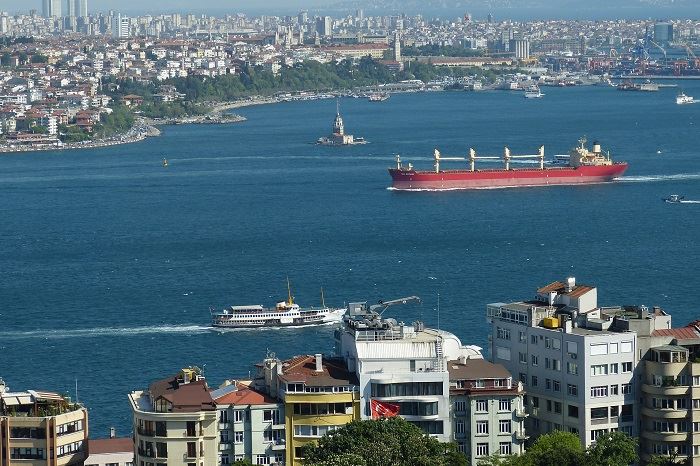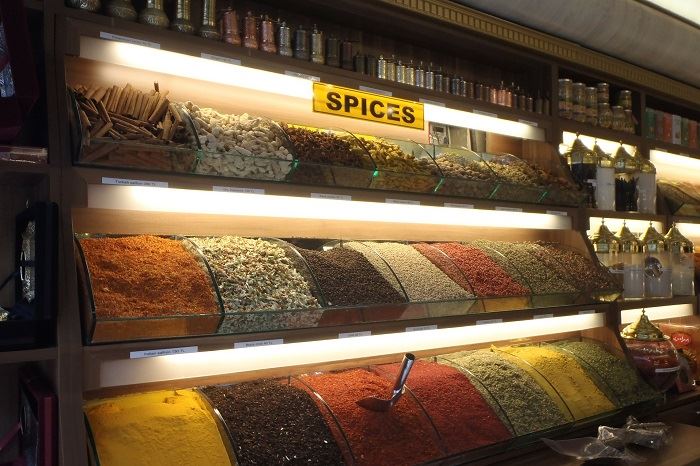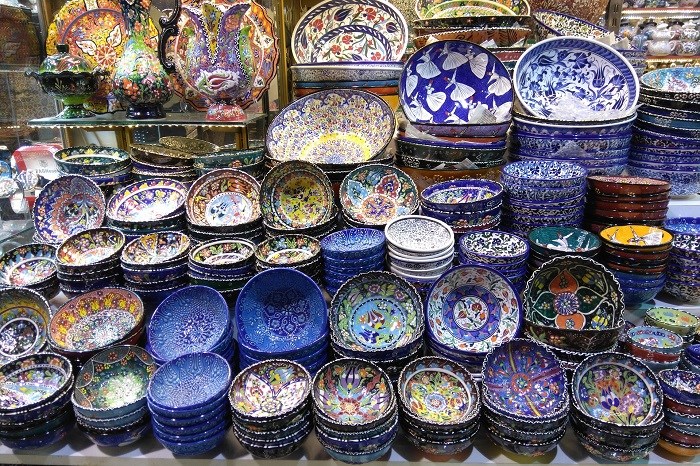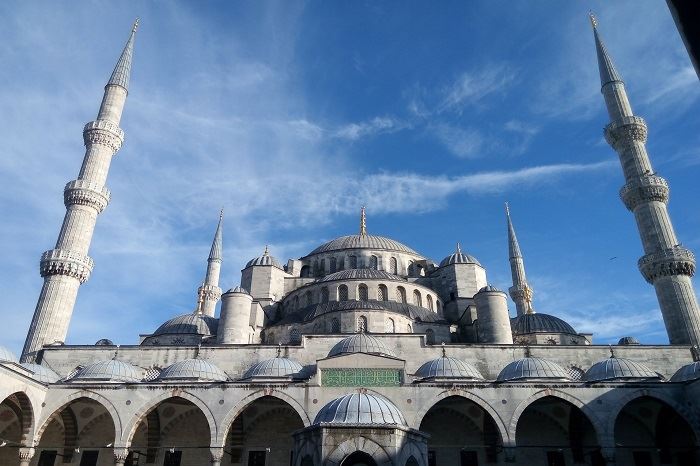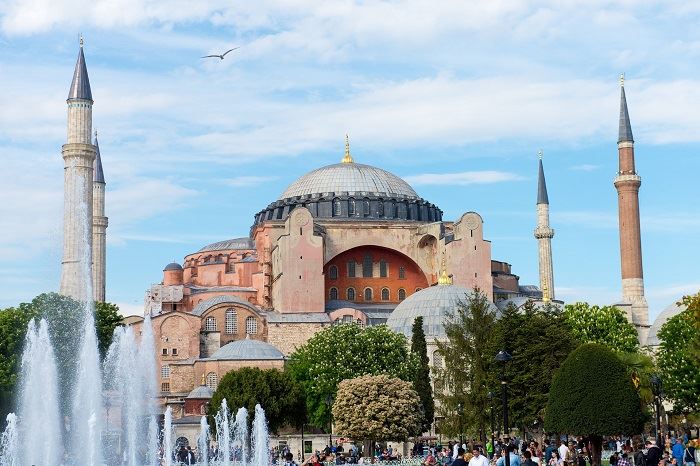For many, they’re drawn to Istanbul because they like the idea of being caught between two continents. Therefore, a trip to the Bosphorus Istanbul is a must. As a natural strait, the Bosphorus stretches for around 20 miles and it connects the Sea of Marmara to the Black Sea. In other words, it is the small stretch of water that connects Asia and Europe. For Turkey, this means the middle ground between Asian Turkey and European Turkey. As well as being significant for Turkey, this narrow strait has significance for the whole world because it also connects the Aegean, Dardanelles, and Mediterranean seas. Without this narrow strait (the world’s narrowest for international navigation purposes), the international landscape in terms of politics and trade would be very different. Geographical Importance Why is this narrow stretch of water so important to so many countries? Because it allows a passage from the Black Sea all the way to the Indian Ocean (via the Suez Canal) as well as the Atlantic Ocean (via Gibraltar). For example, Russia relies on this strait being accessible to receive goods from various countries. If conflict were to be seen and the strait closed, Russia would have a significant percentage of their incoming goods blocked. With great power comes great responsibility, and control over this stretch of water has been one of much debate through the centuries. The Bosphorus Istanbul is the only way the Mediterranean and Black Seas connect, so it has both military and commercial importance; it also allows Russia and Ukraine to access major seas. In addition to the Russo-Turkish War in the 19th century, this strait was important for Allied Powers to attack the Dardanelles in WWI. Today, both the Dardanelles and Bosphorus straits (together named the Turkish Straits) are integral to oil exports from Russia.
For many, they’re drawn to Istanbul because they like the idea of being caught between two continents. Therefore, a trip to the Bosphorus Istanbul is a must. As a natural strait, the Bosphorus stretches for around 20 miles and it connects the Sea of Marmara to the Black Sea.
In other words, it is the small stretch of water that connects Asia and Europe. For Turkey, this means the middle ground between Asian Turkey and European Turkey.
As well as being significant for Turkey, this narrow strait has significance for the whole world because it also connects the Aegean, Dardanelles, and Mediterranean seas.
Without this narrow strait (the world’s narrowest for international navigation purposes), the international landscape in terms of politics and trade would be very different.
Geographical Importance
Why is this narrow stretch of water so important to so many countries? Because it allows a passage from the Black Sea all the way to the Indian Ocean (via the Suez Canal) as well as the Atlantic Ocean (via Gibraltar).
For example, Russia relies on this strait being accessible to receive goods from various countries. If conflict were to be seen and the strait closed, Russia would have a significant percentage of their incoming goods blocked.
With great power comes great responsibility, and control over this stretch of water has been one of much debate through the centuries. The Bosphorus Istanbul is the only way the Mediterranean and Black Seas connect, so it has both military and commercial importance; it also allows Russia and Ukraine to access major seas.
In addition to the Russo-Turkish War in the 19th century, this strait was important for Allied Powers to attack the Dardanelles in WWI.
Today, both the Dardanelles and Bosphorus straits (together named the Turkish Straits) are integral to oil exports from Russia. After travelling through, the Russian oil reaches Western Europe and even the US.
Visiting the Bosphorus Istanbul
As well as the history and geographical importance of the Bosphorus, it’s also a beautiful location to visit while in Istanbul. Running through the heart of the city, it has three large bridges and passes a number of Ottoman palaces, the Istanbul Modern Art Museum, and various hills and villages (all boasting stunning Ottoman architecture).
In total, over 600 waterfront houses sit on the Asian and European shoreline and the palaces within view include Feriye, Topkapi, Hatice Sultan, Yildiz, Dolmabahce, and Adile Sultan. Elsewhere, a number of landmarks can be seen (depending on your location on the Bosphorus) such as Yoros Castle, Maiden’s Tower, Borusan Museum of Contemporary Art, Galatasaray University, and the Mimar Sinan Fine Arts University.
When visiting, we recommend planning exactly where you wish to go beforehand to prevent extremely long walks and disappointment. Fortunately, there are plenty of touring companies that will guide you around and highlight the main sites.
Also, public and private boats traverse the strait each day and will point out the major sites in the area if this is a route that appeals to you.
For local inhabitants, the Bosphorus is a popular area and you’ll quickly see why when visiting. During the summer months, the climate is appealing and the shores are filled with beautiful neighbourhoods, parks, hotels, cafes, restaurants, gardens, and much more.
If you plan on continuing your research, we recommend looking for the following neighbourhoods; Sariyer, Besiktas, Bebek, Tarabya, Ortakoy, Rumelihisar, and Arnavutkoy.
With a day dedicated to Bosphorus Istanbul, you can enjoy your time between two continents and the many fantastic sights and sites it has to offer!
Let us plan your Istanbul trip that includes a visit to the Bosphorus. Visit Istanbul with Classic Turkey Tours.
Choose From These Exciting Istanbul Tours OR To Plan Your Own Trip Click Here
3 Day Basic Istanbul Tour
4 Day Istanbul Muslim Helal Tour
4 Day Istanbul Popular Tour
5 Day Best Of Istanbul Tour
5 Day Istanbul & Gallipoli Tour



